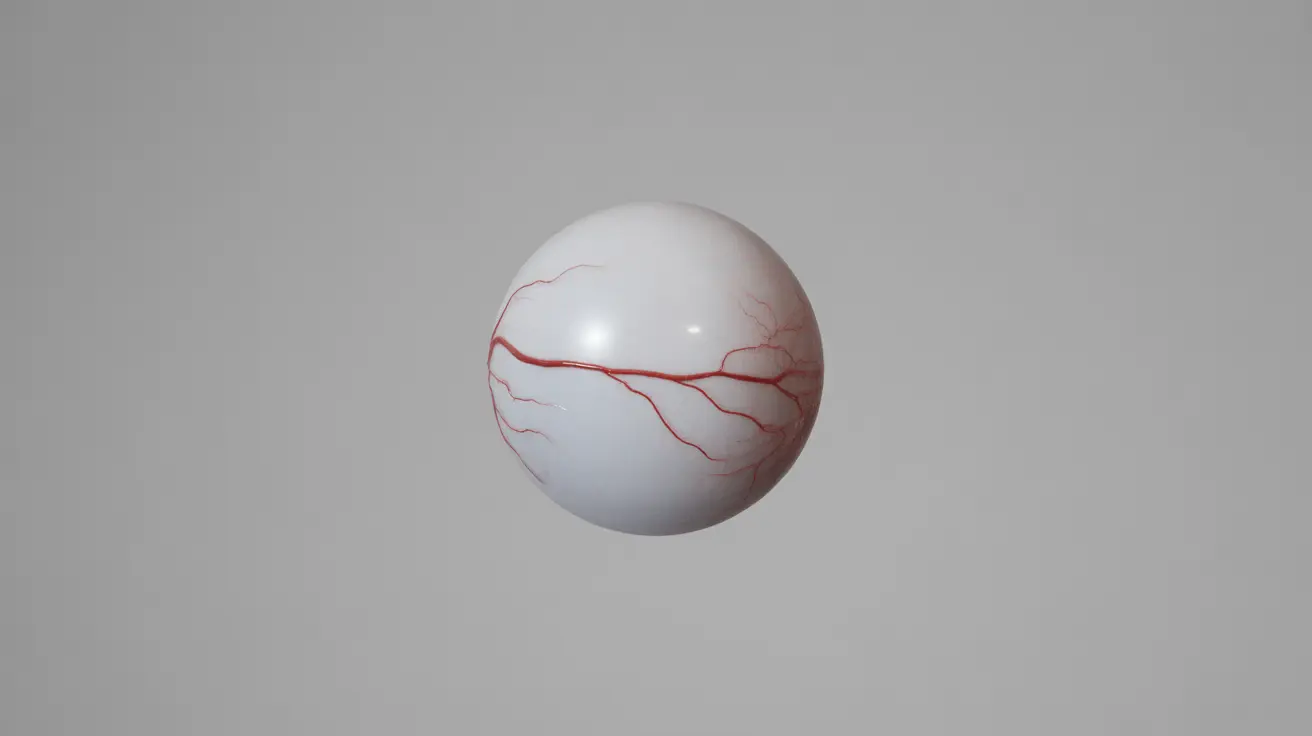When doctors perform eye examinations, one of the crucial aspects they assess is the appearance of the sclerae - the white part of your eyes. Anicteric sclerae refers to the normal, healthy white appearance of this tissue, which serves as an important indicator of overall health. Understanding what anicteric sclerae means and why it matters can help you better monitor your eye health and recognize potential warning signs.
This comprehensive guide will explore the significance of anicteric sclerae in medical examinations, how to identify normal versus abnormal scleral appearance, and when changes might indicate the need for medical attention.
What Are Anicteric Sclerae?
Anicteric sclerae is a medical term describing the normal white coloration of the eye's outer protective layer. The term "anicteric" specifically means "not yellow," indicating the absence of jaundice or other conditions that might cause yellowing of the eyes. Healthy sclerae should appear white or slightly bluish-white, with visible blood vessels appearing as thin red lines.
The Importance of Scleral Assessment
Regular monitoring of scleral appearance is crucial because changes in color can serve as early warning signs of various health conditions. The white appearance of anicteric sclerae helps healthcare providers quickly assess whether further investigation might be needed for conditions affecting the liver, blood, or other body systems.
Normal vs. Abnormal Scleral Appearance
Healthy sclerae typically display these characteristics:
- Clear white or slightly bluish-white color
- Consistent coloration throughout
- Visible but not prominent blood vessels
- No yellowing or unusual discoloration
Any deviation from these normal characteristics might warrant medical attention.
Medical Examination Process
During a routine medical examination, healthcare providers assess the sclerae through visual inspection. This simple yet effective screening method can reveal important information about a patient's health status. The examination typically involves:
- Observation under good lighting
- Gentle manipulation of the eyelids to view the entire scleral surface
- Documentation of any color changes or abnormalities
- Comparison with previous examinations when available
When to Seek Medical Attention
While anicteric sclerae represent normal eye health, certain changes should prompt medical consultation:
- Yellowing of the whites of the eyes
- Unusual redness beyond minor irritation
- Gray or blue tinting
- Persistent discoloration of any kind
Frequently Asked Questions
What does anicteric sclerae mean in a medical examination?
Anicteric sclerae refers to the normal white appearance of the eye's outer layer (sclera), indicating the absence of yellowing or jaundice. This finding is considered normal and healthy during medical examinations.
How can I tell the difference between anicteric and icteric sclera?
Anicteric sclerae appear white or slightly bluish-white, while icteric sclerae have a yellowish tinge. The difference is usually visible to the naked eye, though subtle changes might require professional evaluation.
What conditions cause yellowing of the sclera, and why is it important to detect early?
Yellowing of the sclera (icteric sclerae) can indicate liver problems, gallbladder disease, or blood disorders. Early detection is crucial because it allows for timely treatment of potentially serious underlying conditions before they progress.
When should I see a doctor if I notice changes in the color of my sclera?
Consult a healthcare provider if you notice any yellowing, persistent redness, or unusual discoloration of your sclerae. Immediate attention is particularly important if the color change occurs suddenly or is accompanied by other symptoms.
How do doctors check for anicteric sclerae during an eye exam?
Doctors examine the sclerae under bright lighting, sometimes using a penlight, and may gently pull back the eyelids to view the entire scleral surface. They look for consistent white coloration and document any abnormalities they observe.




